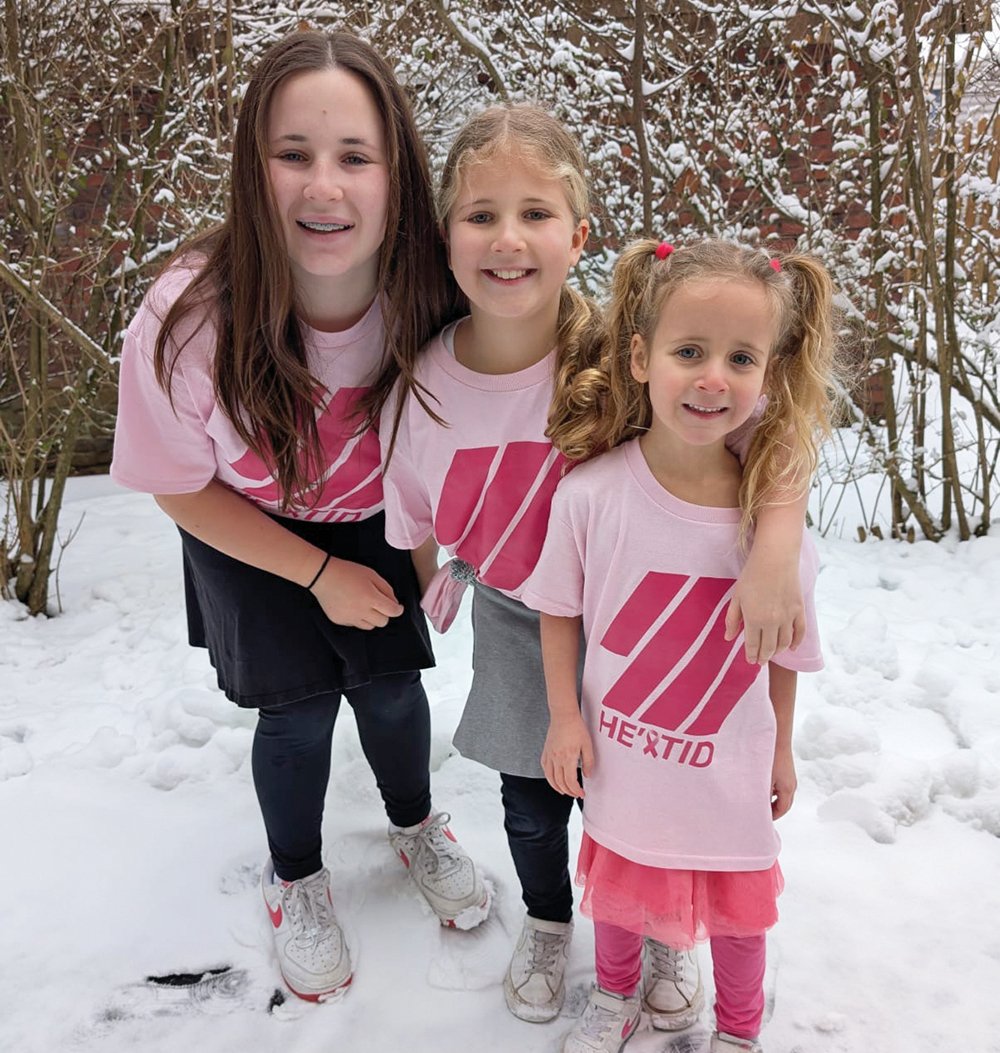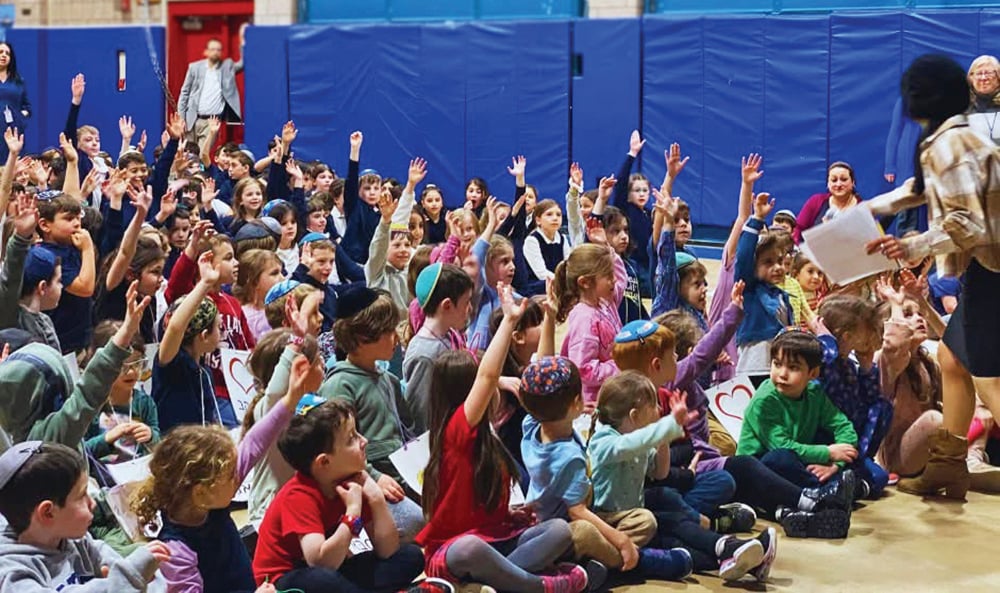There is some confusion concerning the practice of galut Jewry regarding lulav and sukkah on Shemini Atzeret. Let us shed some light on practices that might seem to contradict specific passages in the Gemara.
Gemara Background and Tosafot’s Explanation
We are familiar with the phenomenon of galut Jews observing two days of Yom Tov. For example, in the galut, we celebrate Pesach for eight days instead of the seven days that residents of Israel keep. This is because of the doubt our ancestors had regarding the calendar, whether the previous month was 29 or 30 days. Although we have not harbored such doubts since the fixed calendar was established during the time of the Gemara, we still maintain the practice of our ancestors and act as if we are in doubt (see Beitzah 4b).
When we observe the mitzvot that are performed on the second day of Yom Tov, we recite a bracha to preserve the integrity of the day (see Shabbat 23a and Rambam Hilchot Chanukah 3:5). For example, we recite Kiddush on the eighth day of Pesach because our ancestors were in doubt as to whether this day was the seventh day of the chag. Accordingly, we would expect to recite a bracha on the mitzvot of sukkah and lulav on Shemini Atzeret, since our ancestors experienced a doubt regarding the eighth day of Sukkot, concerned that it was the seventh day of Sukkot. Yet, the Gemara (Sukkah 47a) presents a debate among the Amoraim regarding how residents of the galut should conduct themselves concerning Sukkah on Shemini Atzeret. The Gemara concludes that the proper practice is to sit in the sukkah on Shemini Atzeret but omit the bracha. The Gemara indicates that we do not take the lulav on Shemini Atzeret.
Tosafot (ibid. s.v. Maitav) are puzzled by this phenomenon and wonder why the eighth day of Sukkot differs from the eighth day of Pesach in this regard. They explain that the eighth day of Sukkot differs from the eighth day of Pesach in that the eighth day of Sukkot is Shemini Atzeret, which is a Yom Tov that in many ways enjoys a separate and distinct identity from Sukkot (see Rosh Hashanah 4b). Were we to observe the mitzvot of the seventh day of Sukkot on Shemini Atzeret, we would undermine the integrity of Shemini Atzeret. We do not take the lulav on Shemini Atzeret because the lulav is ordinarily muktza. Thus, taking the lulav on Shemini Atzeret would make a blatant statement of concern that it is the seventh day of Sukkot. However, sitting in the sukkah on Shemini Atzeret, Tosafot explain, is not a blatant expression of doubt since many people eat their meals outside in a hut on any Yom Tov because it is a pleasant experience. Finally, this is the reason we omit the bracha when we sit in the sukkah on Shemini Atzeret. Reciting the bracha would undermine the status of Shemini Atzeret by blatantly demonstrating that we are concerned perhaps the day is not truly Shemini Atzeret.
Sukkah on Shemini Atzeret; Defense of the Chasidic Practice; Aruch Hashulchan, Sefat Emet, and Rav Soloveitchik
It is rather astonishing to find that many chasidim and those who are of chasidic background essentially do not eat in the sukkah on Shemini Atzeret, except for reciting Kiddush and eating something. This practice is quite surprising because this practice seems to contradict an explicit ruling of the Gemara (Sukkah 47a), Rambam (Hilchot Sukkah 6:13), and Shulchan Aruch (Orach Chaim 668:1). We will present two defenses of this seemingly odd practice. We should first clarify that this is not the practice of all chasidim. Many chasidim do eat all of their meals in the sukkah on Shemini Atzeret following the dictates of the Gemara and Shulchan Aruch. Sephardic Jews also eat in the sukkah on Shemini Atzeret outside of Israel, per the straightforward reading of the Gemara, Rambam and Shulchan Aruch (Rav Ovadia Yosef, Teshuvot Yechaveh Daat 2:76).
The Sefat Emet (commentary to Sukkah 47a) presents an exciting approach to this issue. He writes that the Gemara (and, in turn, the Rambam and Shulchan Aruch) do not obligate us to eat in the sukkah on Shemini Atzeret. Instead, the Gemara permits us to eat in the sukkah on Shemini Atzeret (i.e., that one does not violate the prohibition of bal tosif in doing so). A proof to his contention, writes the Sefat Emet, is the fact that Chazal did not institute a bracha for eating in the sukkah on Shemini Atzeret, unlike eating matzah at the second Seder where we recite Al Achilat Matzah.
Rav Yosef Dov Soloveitchik (cited in Rav Hershel Reichman’s Reshimot Shiurei Hagrid Al Masechet Sukkah p.98) offers a highly creative approach to this issue. Rav Soloveitchik notes the Raavad’s explanation for why a chatan and his closest circle of friends are excused from sitting in the sukkah throughout the entire holiday of Sukkot (Sukkah 25b). The Raavad explains that these people are classified as mitzta’er (experiencing significant discomfort, which constitutes a legitimate excuse for not eating in the sukkah) since they will not celebrate appropriately if they are limited to the confines of a sukkah. Similarly, argues Rav Soloveitchik, chasidim celebrate Shemini Atzeret very intensely to the extent that it may be compared to the celebration of a wedding party. The bride and groom are the Jewish people and Hashem. Thus chasidim do not eat their Shemini Atzeret meal in the sukkah on Shemini Atzeret, as it would detract from the intensity of their celebration of Shemini Atzeret. We may observe that this explanation seems to justify the practice only of “practicing chasidim” and not merely those who are of chasidic descent. The reason of the Sefat Emet, though, transcends these cultural borders.
Conclusion
We conclude with a charming interaction with Rav Soloveitchik in Boston one Simchat Torah. A student asked Rav Soloveitchik why many chasidim do not eat their meal in the sukkah on Shemini Atzeret. The Rav responded with the explanation that we cited above. In the course of his answer, the Rav became more and more enthralled in explaining the chasidic experience of Shemini Atzeret and hakafot (which chasidim conduct both on Shemini Atzeret and Simchat Torah). The Rav mentioned that during the Hoshanot, we circle the Sefer Torah, but during the hakafot we circle none other than Hashem! Finally, the student asked the Rav why then do most Jews eat in the sukkah on Shemini Atzeret. The Rav responded nonchalantly, “Because that’s what the Gemara says to do.”
Rabbi Haim Jachter is the spiritual leader of Congregation Shaarei Orah, the Sephardic Congregation of Teaneck. He also serves as a rebbe at Torah Academy of Bergen County and a dayan on the Beth Din of Elizabeth.













